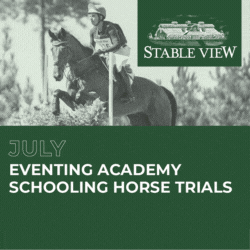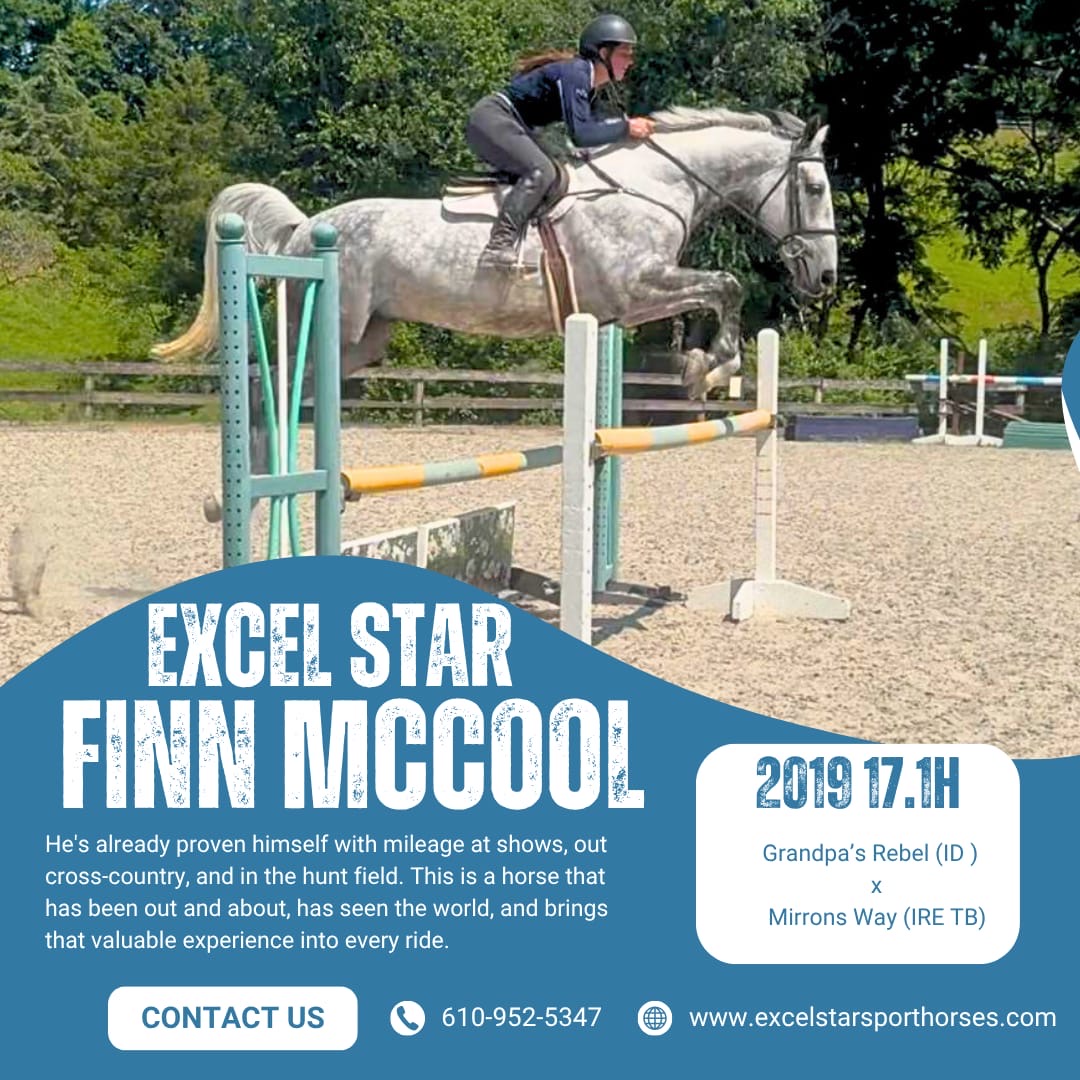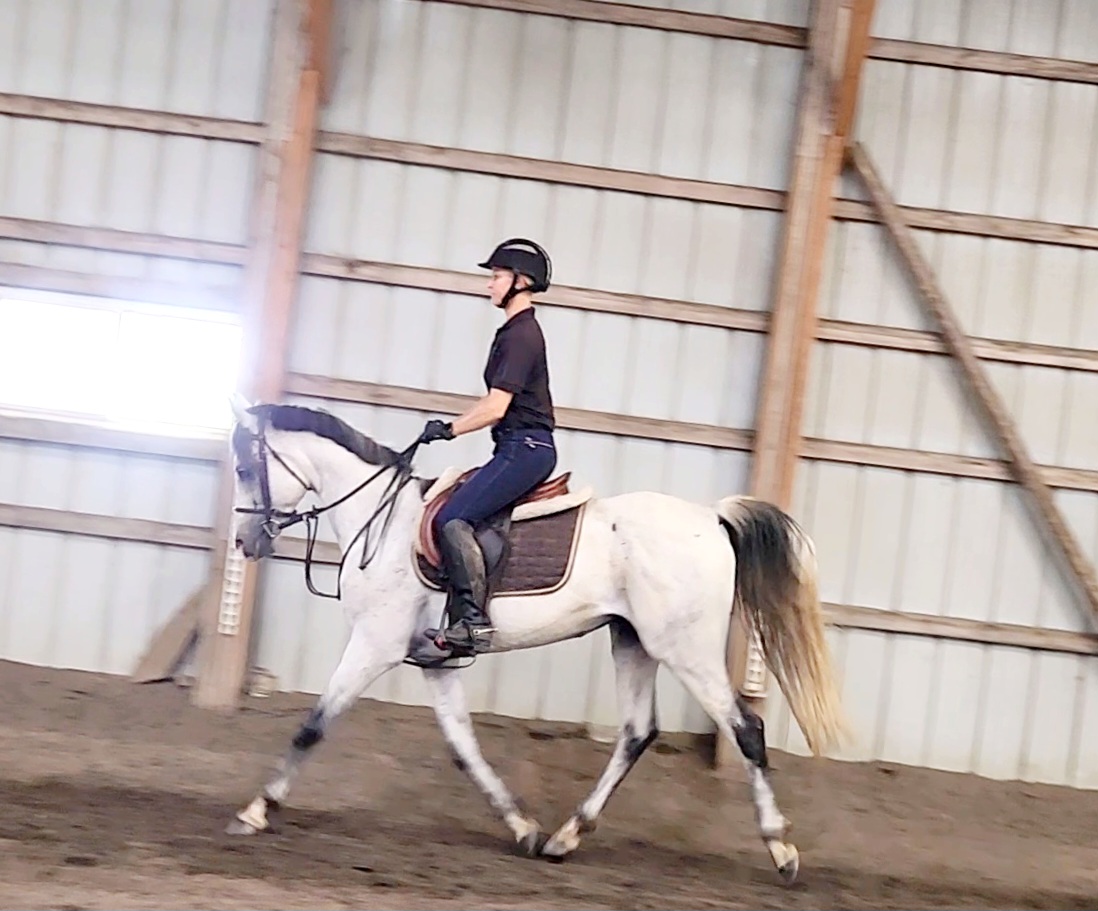
Photo by Tilly Berendt.
The British Eventing Youth Programme has been reworked for 2023 to include a brand new BE80 u18 offering, two Championship opportunities and Regional Leagues. The changes will help to deliver a progressive pathway for younger riders to follow that is fun and fulfilling for all.
The addition of the new BE80 u18 Championship and Leagues will enable more young riders to be part of the programme, benefiting from the support and guidance that it provides. The new height category means more riders will have access to U18 Regional Training, which is invaluable for building camaraderie and mutual encouragement amongst younger riders, provides essential support for parents, and delivers an all-round, holistic education for the youth members enrolled on the programme.
Also new for 2023 will be the introduction of two Youth National Championships – with the inaugural Youth BE80 Championship and the BE90 Youth Championship now taking place at Chillington Hall in Staffordshire between 9-10 September; and the Youth BE100 and 2*-L Youth Novice Championships running at Bishop Burton in East Yorkshire between 27-30 July. Splitting these Championships will give riders two unique Championship experiences and will help set new progressive goals to work towards and achieve.
The final, and perhaps most exciting, addition to the programme will be the introduction of Regional Leagues, powered by Equiratings. The new leagues will provide a transparency of Youth Regional Rankings – not only enabling riders to chart their progress against their fellow competitors, but also providing a clear qualification route for the National Youth Championships.
The Regional Leagues will be introduced into each of the eight regions of Scotland, North, East Midlands, Wales and West Midlands, East, Central, South East and South West. Each region will have their own leagues across each of the height categories – including BE80 and will reflect the Power Based Average (PBA) score of each combination.
The PBA is calculated from the best three finishing scores* of each combination achieved across any of the qualifying classes contested. The Top 10 eligible combinations in each height category, at the end of the qualification period, will be invited to represent their region at the National Youth Championships. Only one qualifying score must be within the rider’s own region (this has previously been two), giving riders and their families greater flexibility in choosing event locations that suit them.
To be eligible for the Leagues and to benefit from the opportunity to qualify for the Youth Championship classes, riders need to register for the Youth Programme. The cost for inclusion is £30 for the year and it also provides Youth Riders aiming for the Youth National Championships with access to course walks with U18 coaches and support at designated qualifiers in each of the regions.
These new changes to the Youth Programme together with the recent introduction of The Howden Way Regional Academies ensures that each BE region has a fully aligned support system in place for riders of all ages. It should enable every rider to train like the best, to feel part of a positive and inspiring eventing community, and to get the most out of their sport.
*At least one counting score must be achieved within the members designated region and two of these scores must have been obtained within the current calendar year.





























